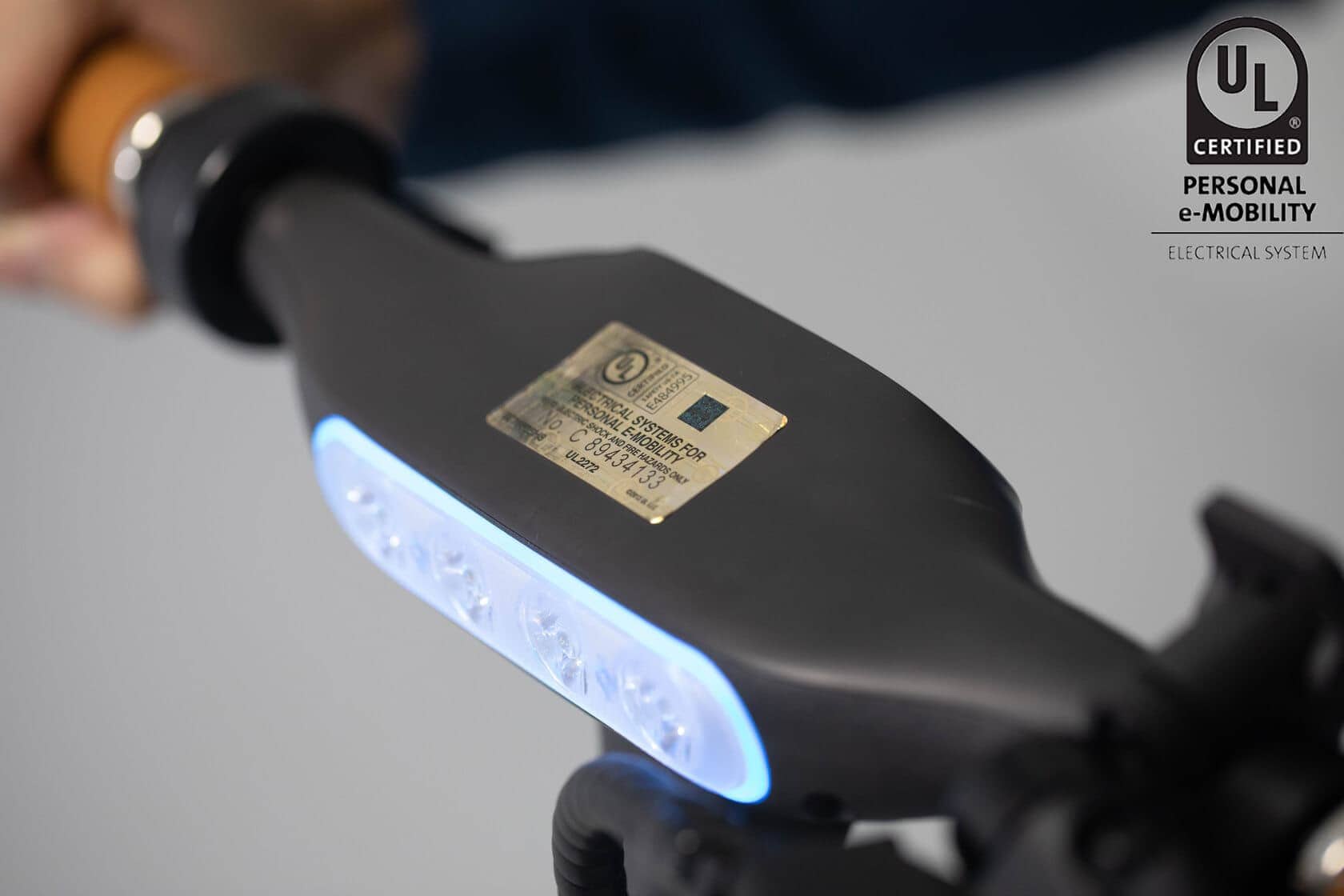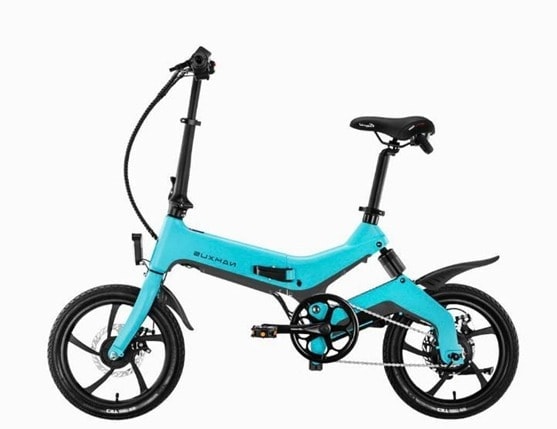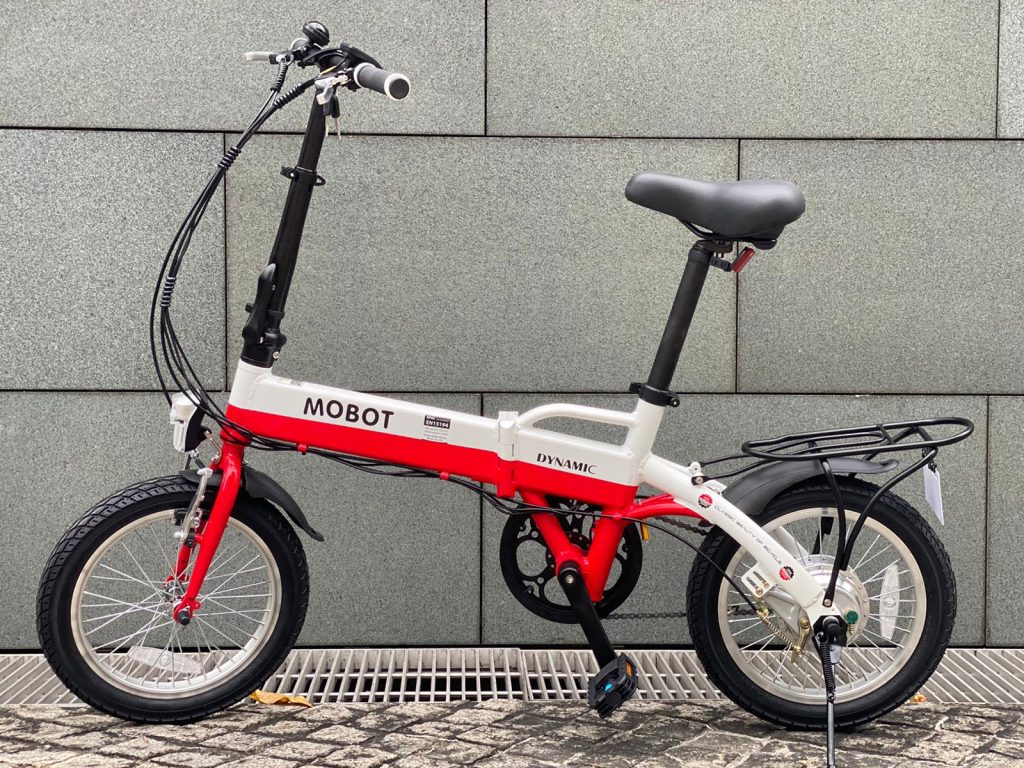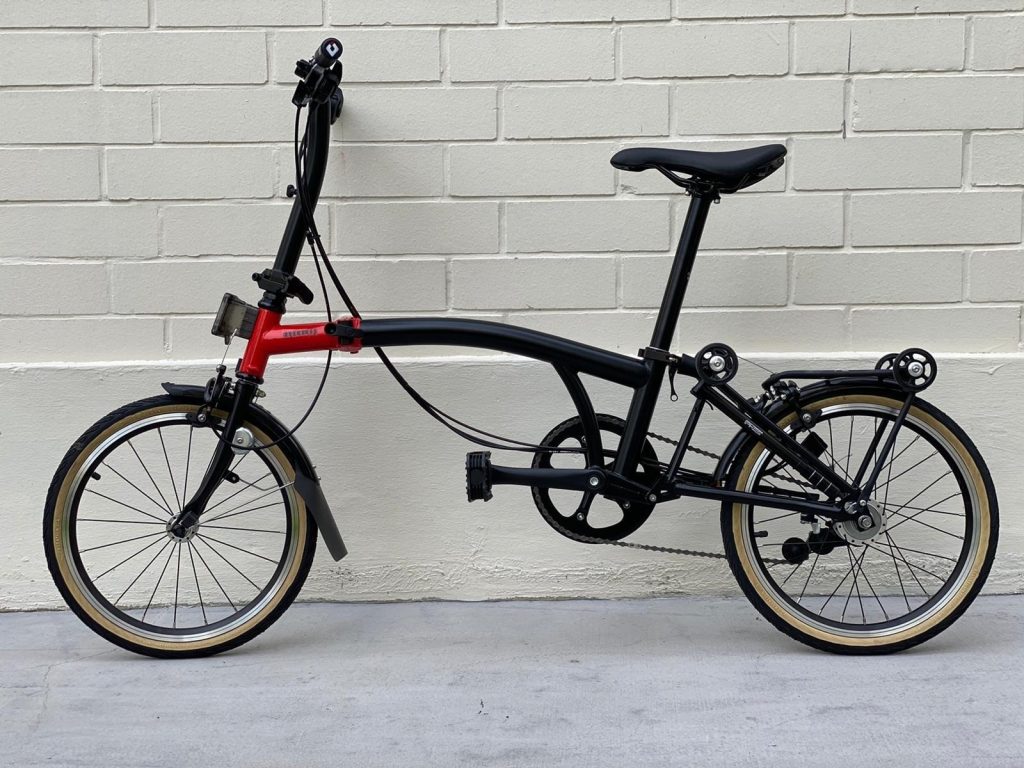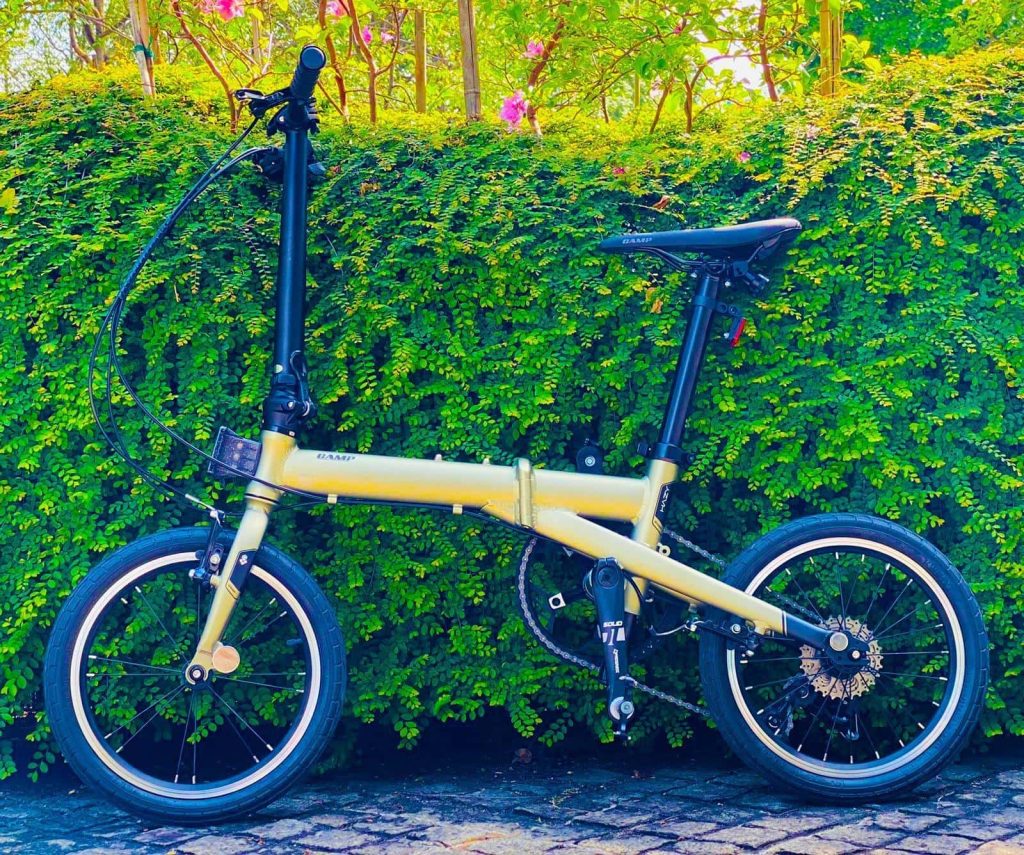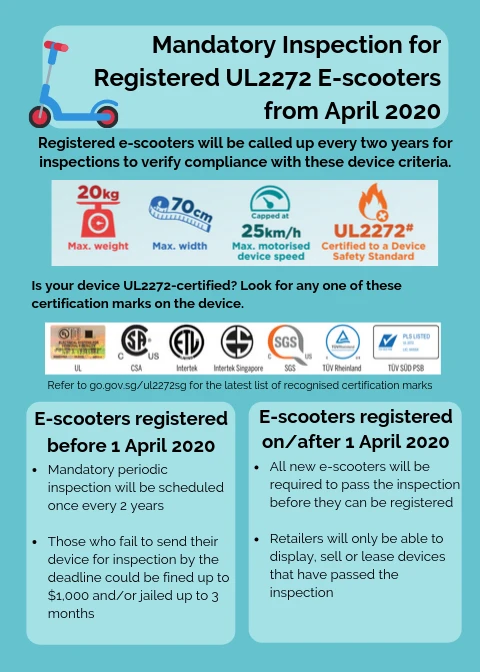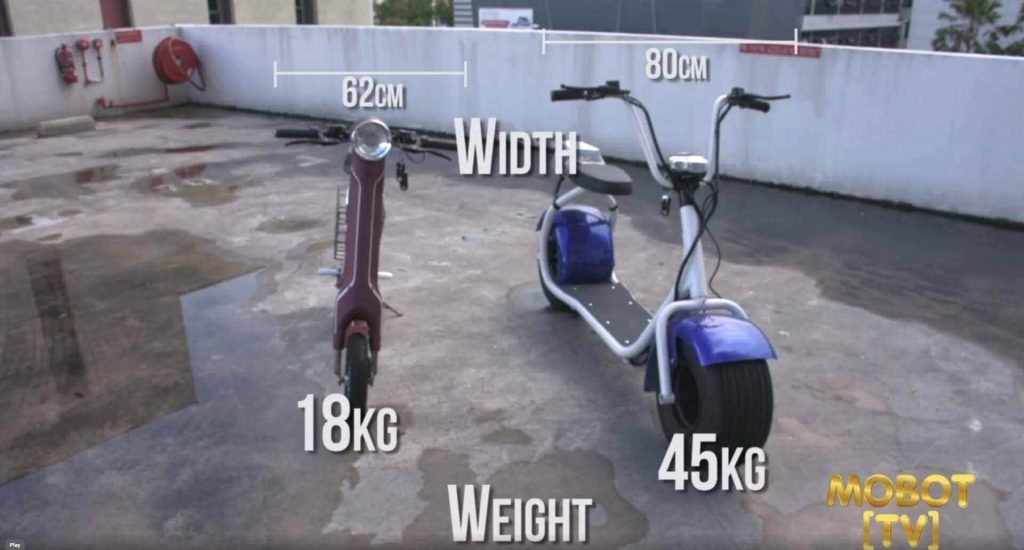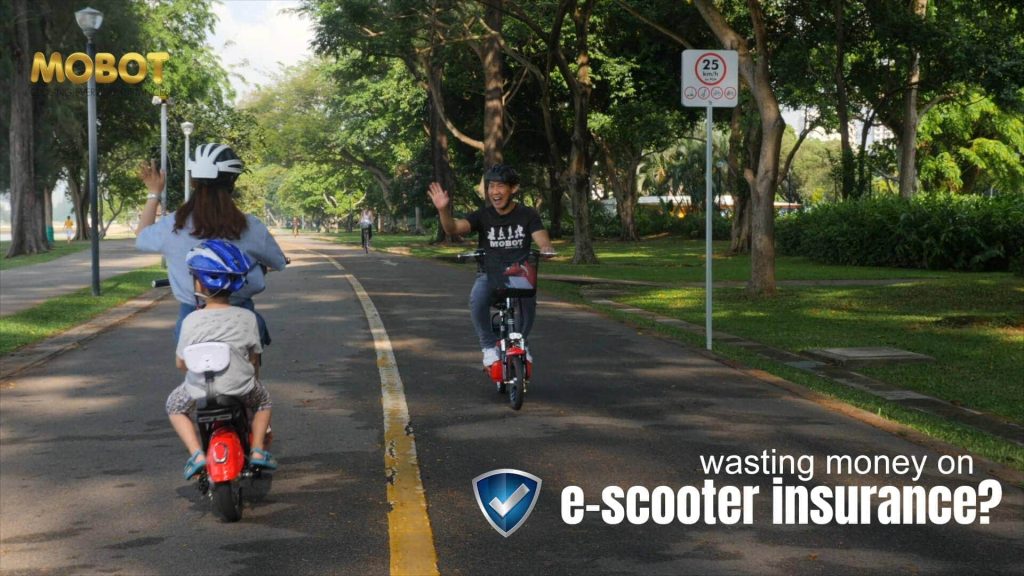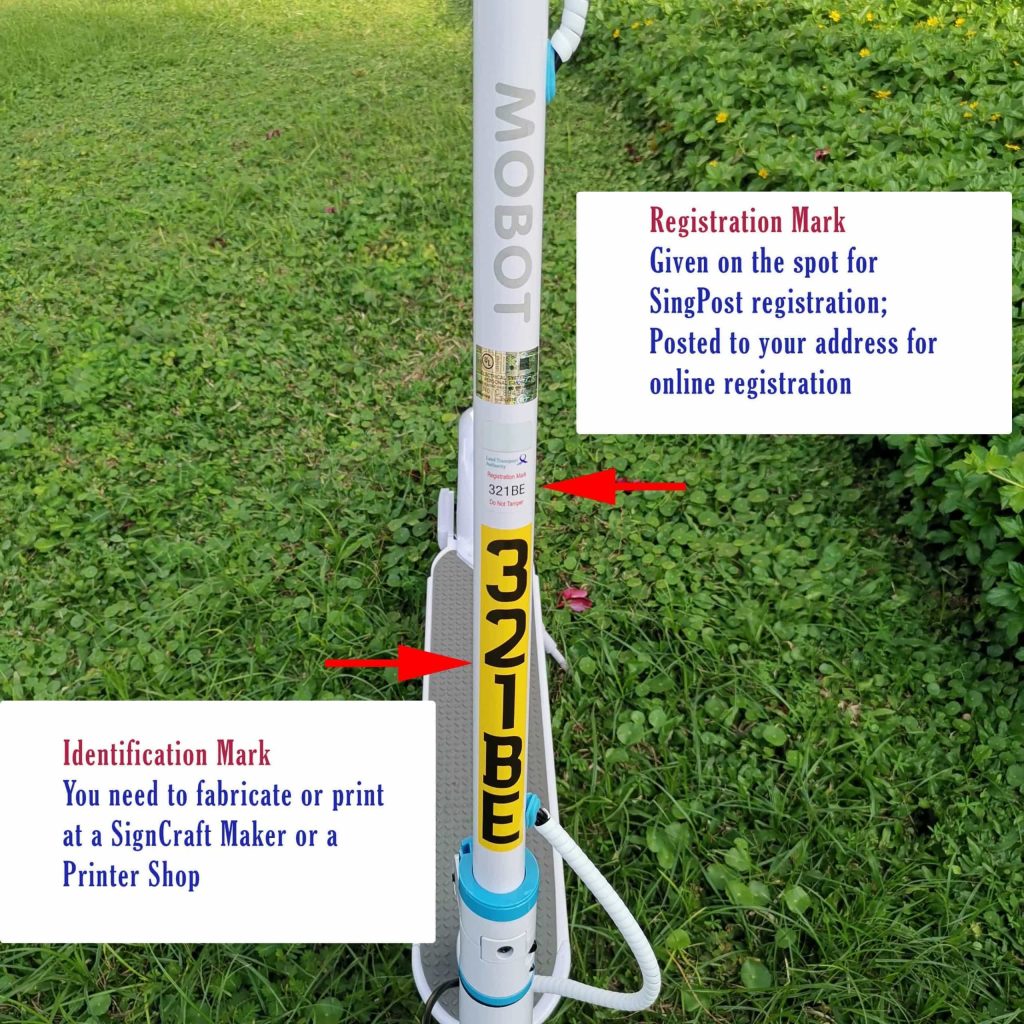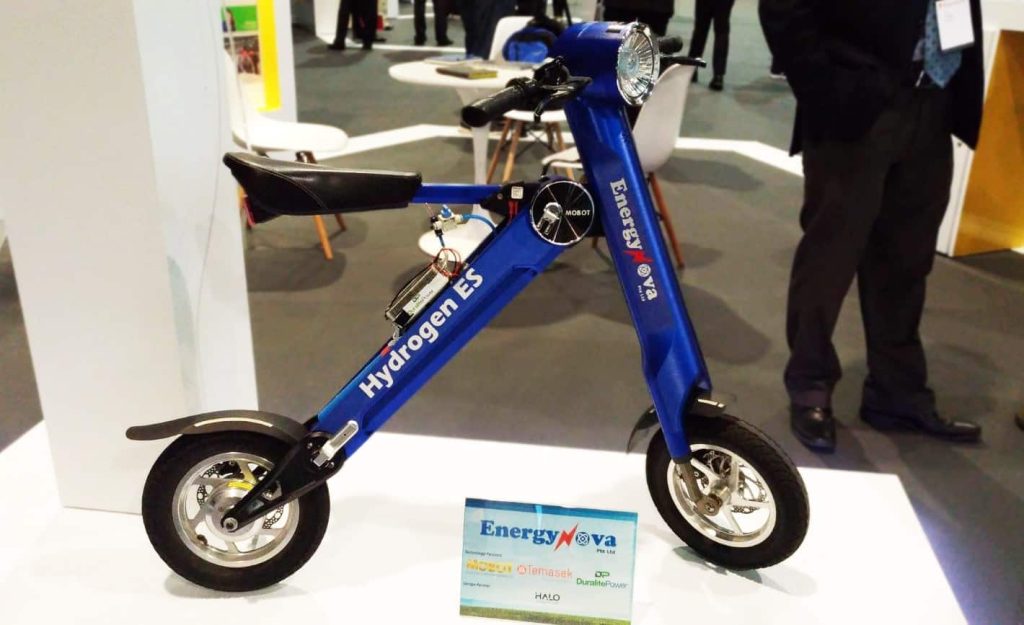On 10 September 2018, the Land Transport Authority (LTA) announced that the Parliament had passed the Land Transport (Enforcement Measures) Bill which adopts UL2272 as the new safety standard for Personal Mobility Devices. The bill became an Act (ie law) on 2 Jan 2019.
This new requirement is being implemented as a response to tackle the rampant cases of fire involving poorly made devices. These fires largely consisted of scooters that were illegally modified, purchased from errant online sellers, and models that did not adhere to the Spring Singapore safety certification requirements. As a more efficient way to protect consumers, the new safety standards were put into place to purge these unethical practices of unauthorized retailers and sellers.
What is UL2272?
In layman’s terms, the UL2272 is a U.S. certification awarded to electrical mobility devices that have met the standards of a comprehensive system of safety tests. The testing parameters include both electrical and mechanical components as well as environmental aspects to assess electrical safety. To further explain, the assessment takes into account how resistant the devices are against impact, extreme temperatures, water exposure and other factors. Under these conditions, signs of short circuiting and imbalance charging would indicate a possibility of fire and therefore deemed as less than ideal in level of electrical safety.
A deeper understanding of how the UL2272 standard was formed…
With the rising cases of fire incidents caused by the then popular self-balancing scooters (AKA hoverboards), the U.S. Consumer Safety Product Commission (CSPC) grew increasing concerned about the safety of users. According to CSPC, there were 52 reported fire incidents caused by hoverboards over a short span of less than 3 months (1 Dec 2015 – 17 February 2016). This has resulted in more than US$2 million worth of property damages. In response, UL developed a testing standard specifically to evaluate the safety of these self-balancing devices. In 2018, the scope of UL2272 was then expanded to include testing of e-Mobility devices including e-scooters and e-skateboards. This version is known as the 2nd and current edition of UL2272.
What are the tests?
The tests to evaluate the electrical safety can be classified into 4 categories: electrical, mechanical, environmental and material/component.
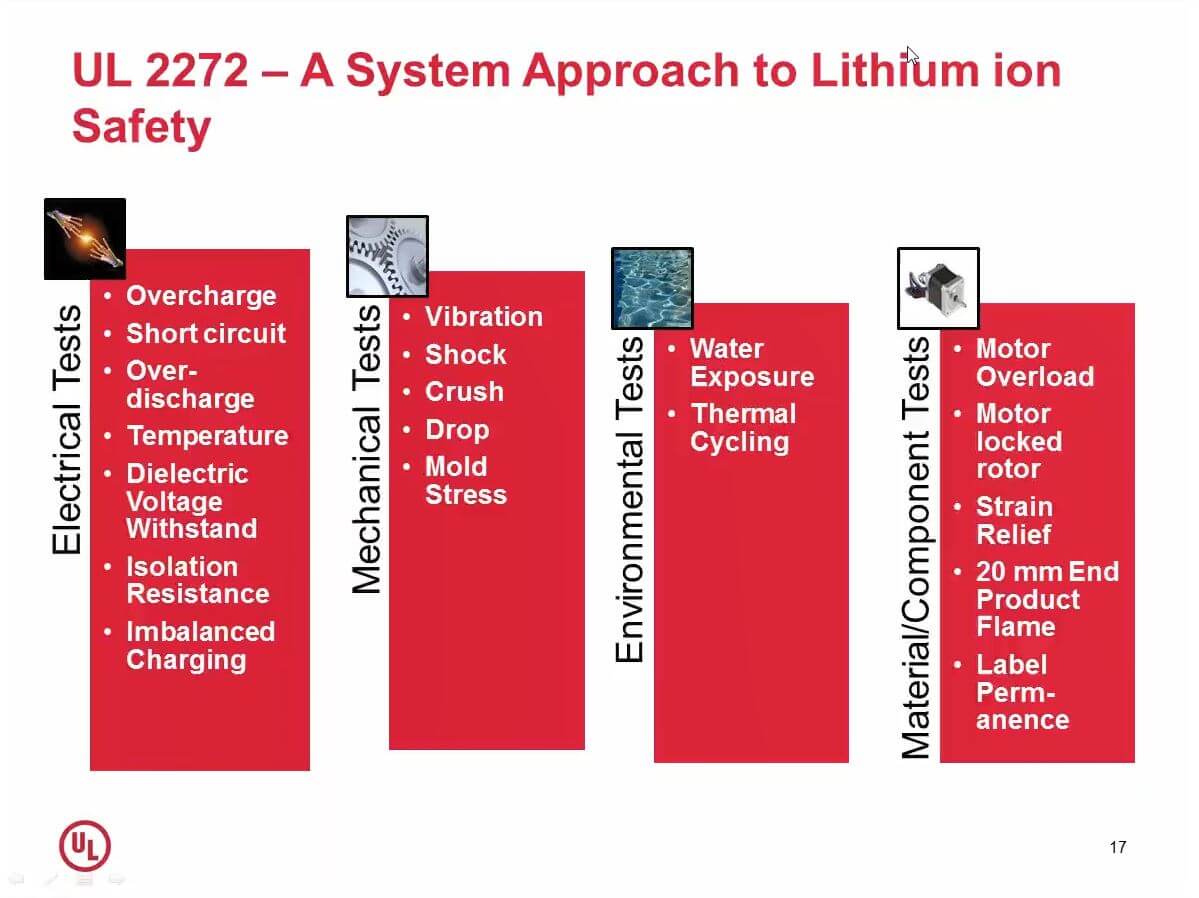
The procedure involves using a few samples of the e-scooter to go through a specific test. Before the test, the e-scooters are fully charged. After which, the e-scooters go through the test. The testing parameters are monitored. After which, if the e-scooters are still operational, they have to go through a discharge and charge cycle. If not operational, the engineers will attempt a charge. Finally, the e-scooters may be observed for a minimum of 1 hour before a Dielectric Voltage Withstand Test or Isolation Resistance Test is conducted.
Example: Drop Test
A fully charged e-scooter is dropped from 1 meter height onto a concrete surface from a few different manners. This is to simulate the possible situation during the handling or lifting of the e-scooter by the user.If the e-scooter is operational after the test, it will go through a discharge/charge cycle. After which, the e-scooter is observed for a minimum of 1 hour.
After the observation period, a 2.5mm probe is used to evaluate the damages that could result in access to hazardous components. Finally, a Dielectric Voltage Withstand Test or Isolation Resistance Test may be conducted.
Does it mean that UL2272 certified e-scooters are more reliable and have better performance?
No. The UL2272 evaluates the safety of the electrical drive train system and battery and charger combination for energy and electrical shock hazards. It does not evaluate non-electrical safety aspects such as performance, reliability, quality and the physical hazards that may during the use of the e-scooter.
In addition, only representative samples of the e-scooters were sent for evaluation. It does not guarantee every e-scooter that comes out from the production line meets the requirements. Therefore, it is still very important to purchase e-scooters from reputable brands and retailers.
UL Mark Surveillance
To make sure that e-scooters that are affixed with the UL mark fully comply with the UL2272 requirement, UL has a surveillance program known as Follow-Up Service (FUS). This distinguishes UL from other certification service providers and protects the integrity of UL certifications.Throughout the lifetime of a certification, UL’s Field Engineers conduct factory audits and blind sampling of certified products chosen from the open market to assess continued compliance with UL requirements.
Does it mean that non-UL2272 certified e-scooters are dangerous?
Based on our estimates, there are close to 90,000 e-scooters in Singapore. A large percentage of e-scooters in Singapore are not UL2272 certified. Many bigger brands and companies such as MOBOT already have their own comprehensive system of safety tests in place long before the adoption of the UL2272. Alongside having all our chargers Spring Singapore safety certified, every MOBOT device goes through numerous rounds of vigorous stress-testing for safety, usability, durability and riding comfort. This is the assurance customers can get by purchasing from reputable brands as opposed to cheaper online sellers and less experienced retailers.
When will this UL2272 implementation start?
All e-scooters must meet the UL2272 safety standard by 1 Jul 2020. All non-compliant e-scooters would then be automatically deregistered and rendered illegal to use on public paths in Singapore on 1 Jul 2020.
Retailers have been given the deadline of 1 Jul 2019 to meet the new compliance standards.
How does it affect me as a consumer/rider?
In general, the implementation of the UL2272 would raise the level of safety standards for the industry as a whole. Consumers can purchase electric scooters with a better peace-of-mind knowing that all compliant models have undergone stringent testing standards.
PMD users who currently own devices that do not comply with the new UL2272 standards can still continue using them up till 30 Jun 2020. MOBOT customers can opt to conveniently trade-in these models for UL2272 certified e-scooters anytime between now to 30 Jun 2020.
Note: At the parliament session on 5 Aug 2019, LTA announced that the deadline for the use of non UL2272 e-scooters is brought forward from 31 Dec 2020 to 30 Jun 2020. This is in response to concerns about the risks they posed to the public as there were 52 such fires reported in 2018 and 49 incidents in the first half of 2019. All these fires originated from non UL2272 e-scooters.
How does it affect you as a distributor and retailer?
Due to the high costs tied to having devices UL certified (30,000 – 50,000USD per device) many small retailers find themselves in a position where they are unable to send the models they carry for testing. Bigger reputable brands would also need to make the change progressively; weighing the costs to the popularity of the different scooter models. Distributors and retailers will likely have to raise their selling price in order to offset the high costs to meet compliance.
As for MOBOT, all our devices have already gone through our own extensive system of vigorous testing for safety, it is therefore only a matter of sending our scooters to UL for certification. This, however, will still take a few months due to our wide range of models and the process of exporting scooters over for testing. We are also going through careful selection to streamline our wide range of models before sending them to get certified.
Are there any UL2272 electric scooters available?
Yes. UL2272 certified e-scooters are readily available. MOBOT has the widest range of UL2272 electric scooters in Singapore.
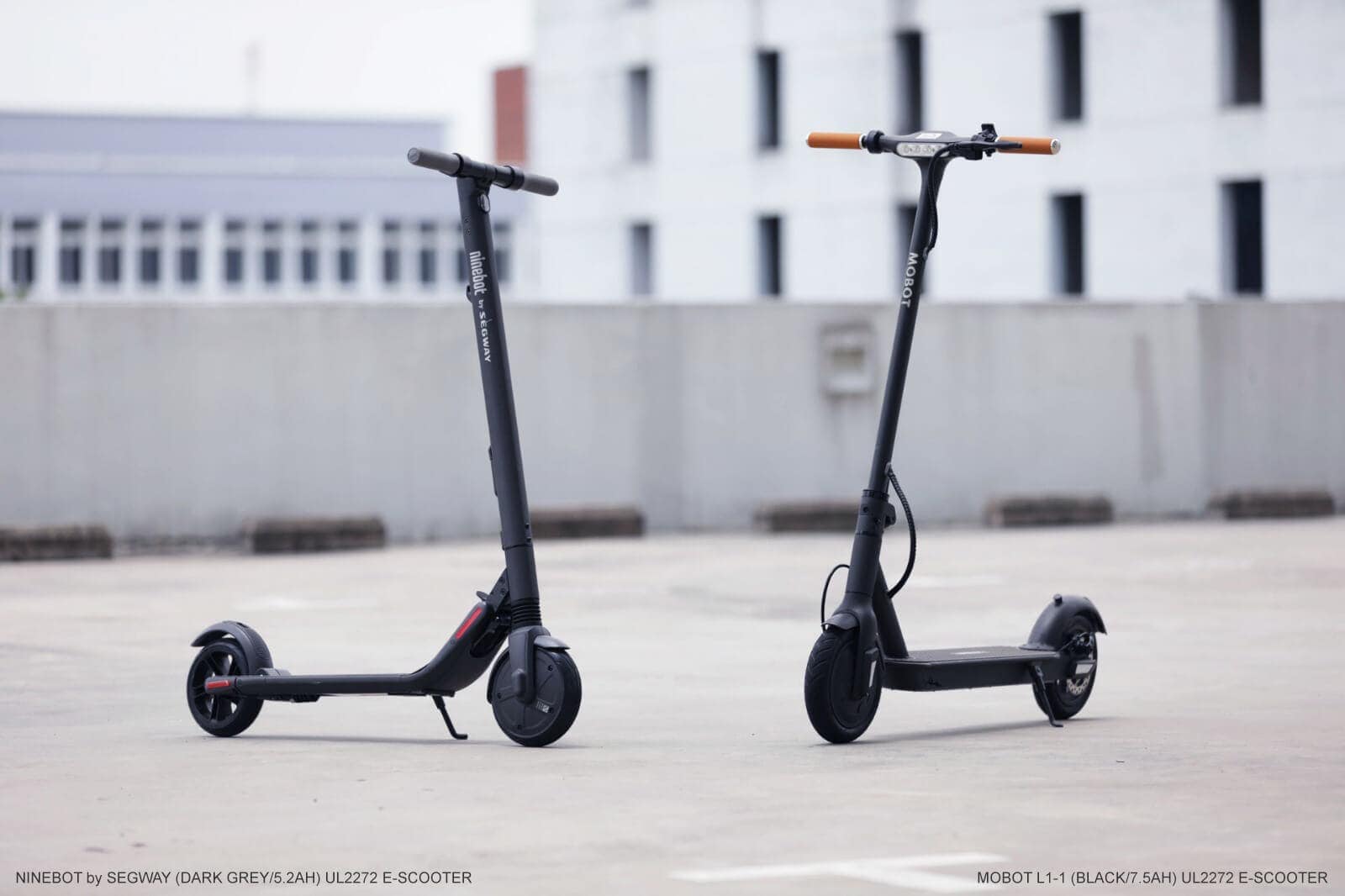
How to identify if an e-scooter is UL2272 certified?
Currently, LTA accepts UL2272 certification issued by four testing organisations, namely UL and its accredited labs, CSA Canada, Intertek, TUB SUB PSB, TUV Rheinland and SGS.
Only UL issues tamper-proof hologram UL2272 certification sticker label. All remaining three testing bodies (CSA, Intertek, SGS, TUV) do not issue UL2272 certification sticker, but only authorise the applicants (usually are the manufacturers) to use their logo as a sign of certification status on the specifications label.
Furthermore, the testing organisations will also list the certified e-scooters on their product listing page for the public to check.
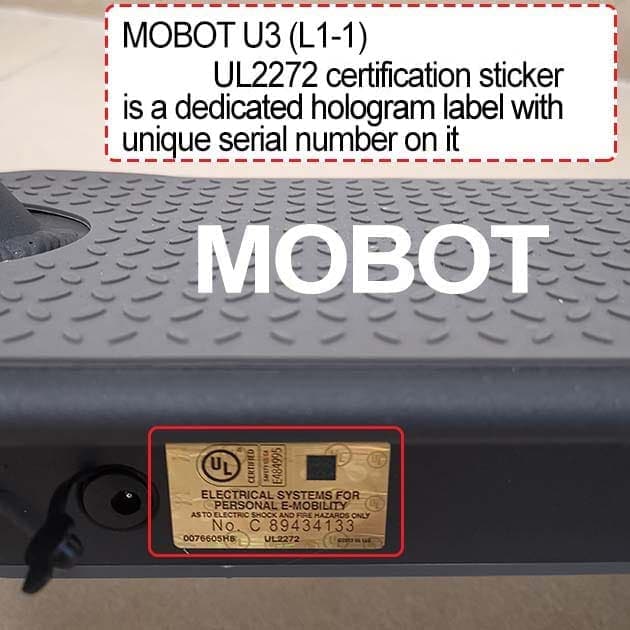
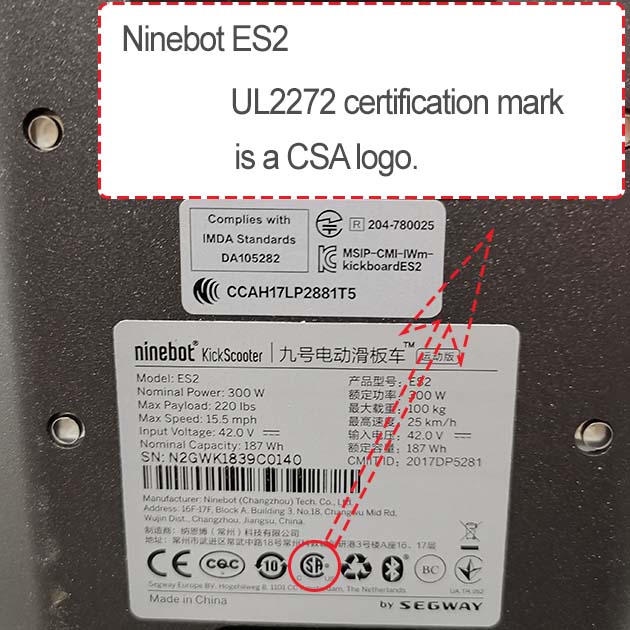
The big question: Should I buy an e-scooter?
Certainly yes. E-scooter is one of the elements of micro-mobility. As cities face rapid population growth, there is a need to improve or expand exising transportation network to move people around. Many cities believe that micro-mobility can be the solution to their problem as it is not possible to free up more land for roads and parking spaces.
For existing e-scooters rider, they would vouch for the convenience and savings their e-scooter brought to them. And not to mention that e-scooter is also fun and encourages bonding with families and friends.
As the Singapore authorities “experiment” with measures to accomodate the use of e-scooters on pedestrians pathway, MOBOT will always be there for our customers. We started the Guaranteed Trade-in Program (GTP) since 1 Sep 2018 to make sure that your old e-scooter would still hold a certain amount of value to offset your next UL2272 certified e-scooter of choice.
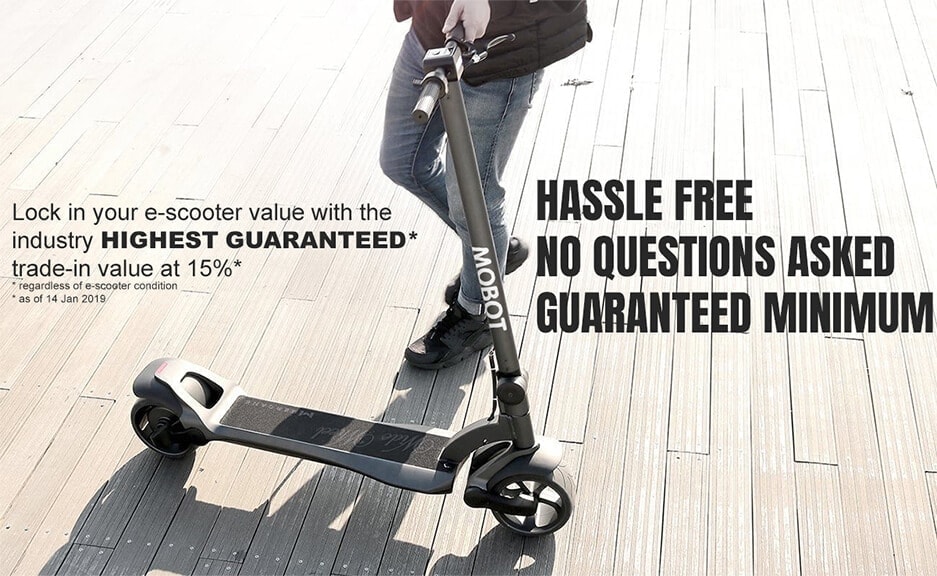
Click on the link to find out more on UL2272 certified e-scooter


